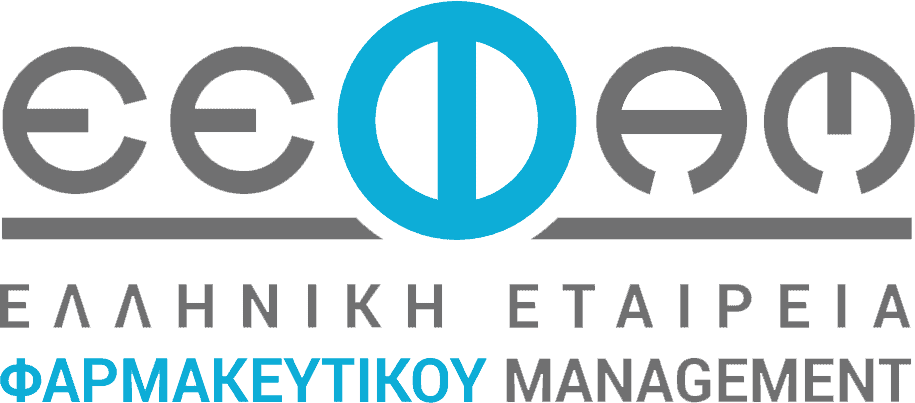Boldly going where few pharma companies have gone before, Bristol Myers Squibb has hitched a ride with SpaceX to chart the next chapter of its biomanufacturing journey among the stars.
Early this week, a BMS biologics experiment launched as part of the payload on the SpaceX Dragon spaceraft’s 27th commercial resupply services mission to the International Space Station.
Building on a prior BMS-ISS project from 2020, a select assortment of BMS’ medicines are headed into orbit where researchers will study the crystallization of the biotherapeutics in microgravity. In space, some crystals grow larger and more well ordered than on Earth, according to an ISS Lab press release.
The hope is that the experiment will help BMS determine ways to improve biomanufacturing, illuminate the structure of complex molecules and ease delivery of higher doses of therapeutic proteins planetside.
“Microgravity gives us higher-resolution crystals that offer information we can leverage for designing new drugs,” Robert Garmise, associate director of material science and engineering at BMS, said in a separate ISS press release.
“High-quality crystals grown in space give us a better understanding of how the molecules interact than is possible on Earth,” he added, noting those crystal structures can inform ways to stabilize molecules to provide improved medicines for patients.
More specifically, BMS hopes the results of the experiment could help the company reformulate infusion drugs—such as those for cancer—into simple injections that can be given just under the skin.
The study will take place over several months on the ISS and will involve crystallization of multiple protein-based biologics using vapor diffusion and batch crystallization. The resulting proteins will then be analyzed back on Earth through an array of methods such as X-ray diffraction. Further, the space-grown crystals will be compared with counterparts grown on Earth.
This isn’t BMS’ first jaunt among the stars. Back in November 2020, BMS helped roll out an ISS experiment to crystalize monoclonal antibodies to get a better sense of their crystallization kinetics in microgravity, again with a view to improving drug formulation and delivery.
Meanwhile, a new set of heart-on-a-chip experiments also blasted off with the Dragon spacecraft Tuesday. The projects by teams from Stanford University and Johns Hopkins University hope to leverage microgravity’s aging effects on heart muscle cells to ultimately help identify new treatments for cardiovascular disease.
Πηγή: fiercepharma.com






